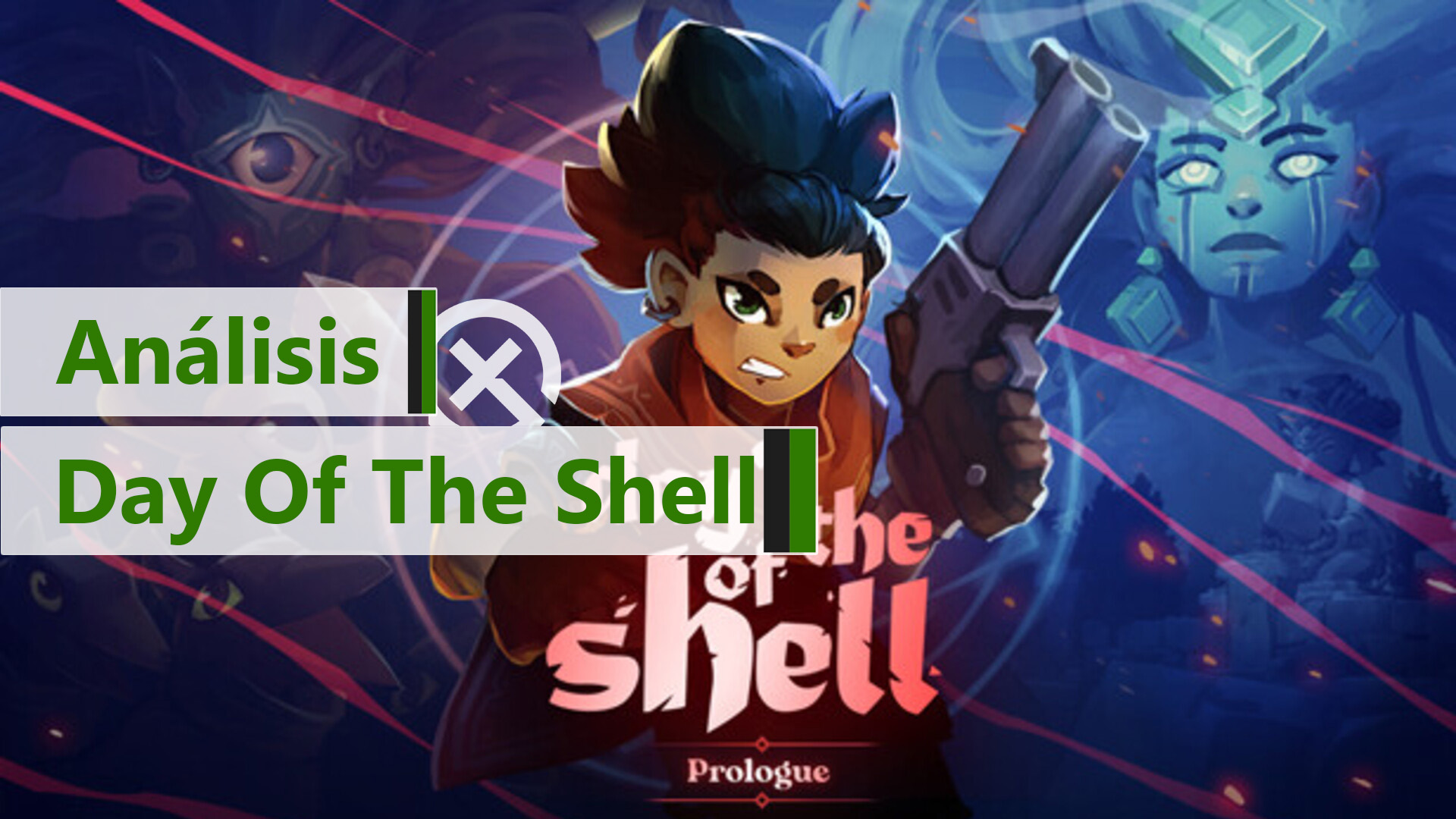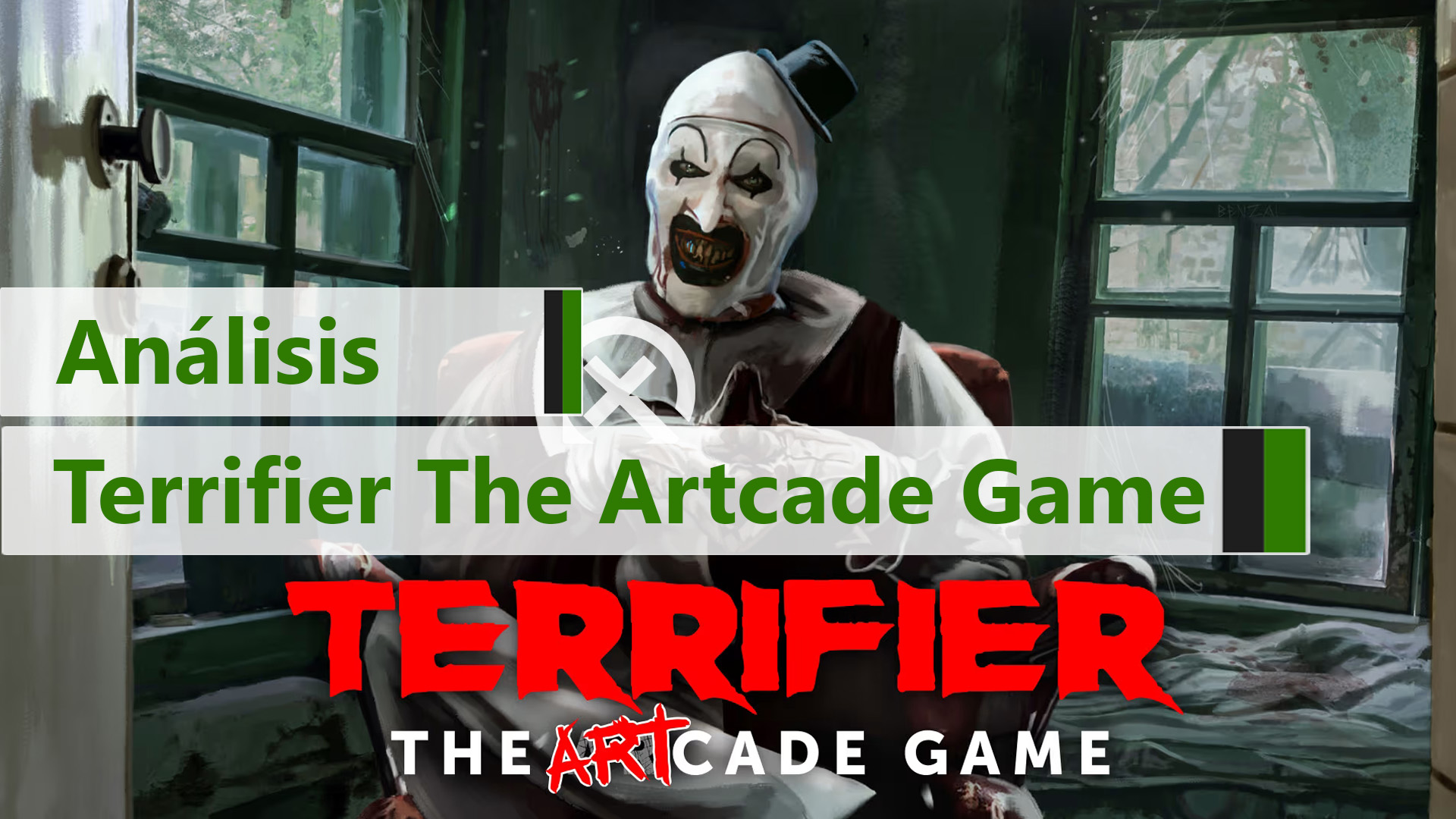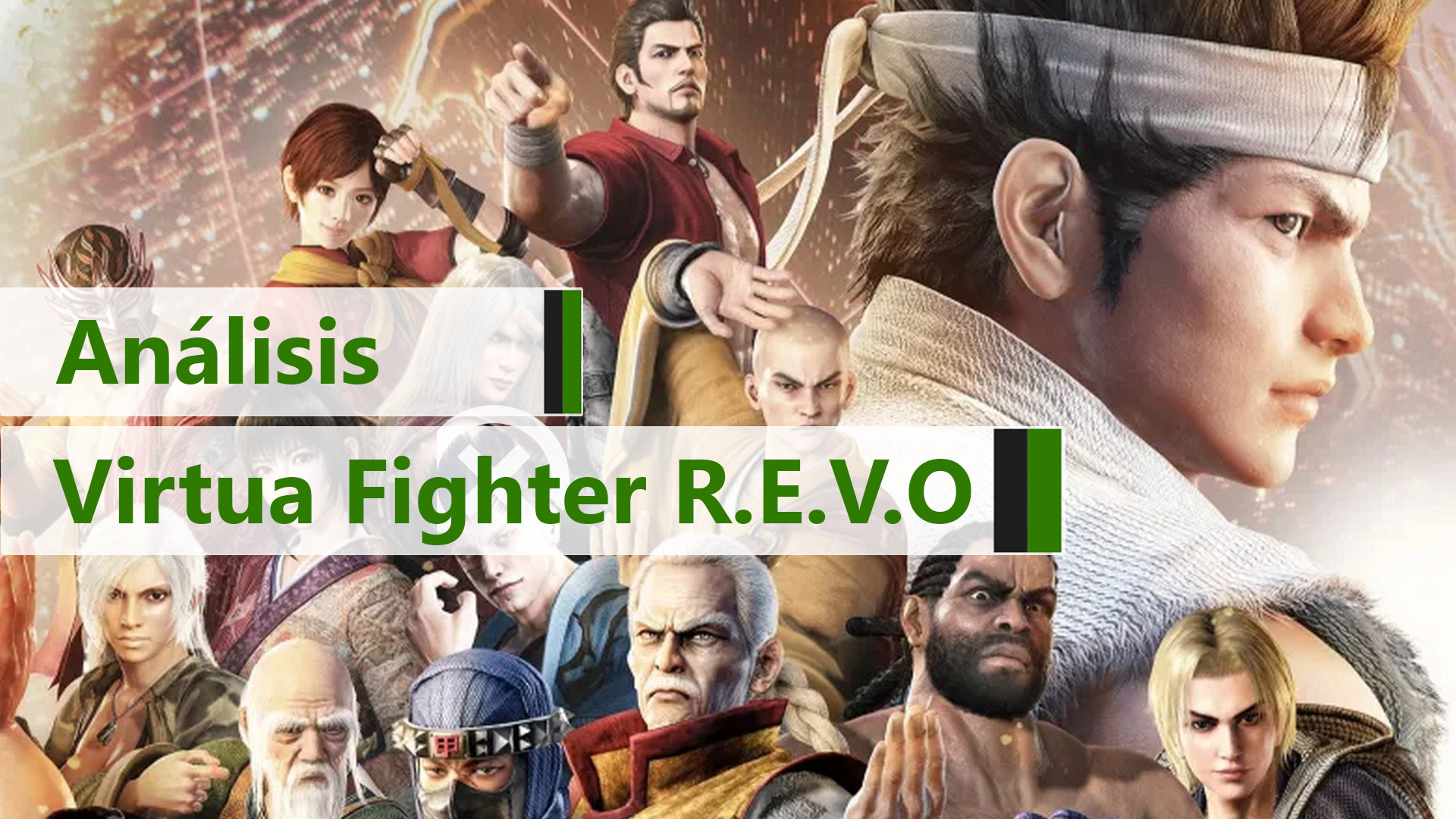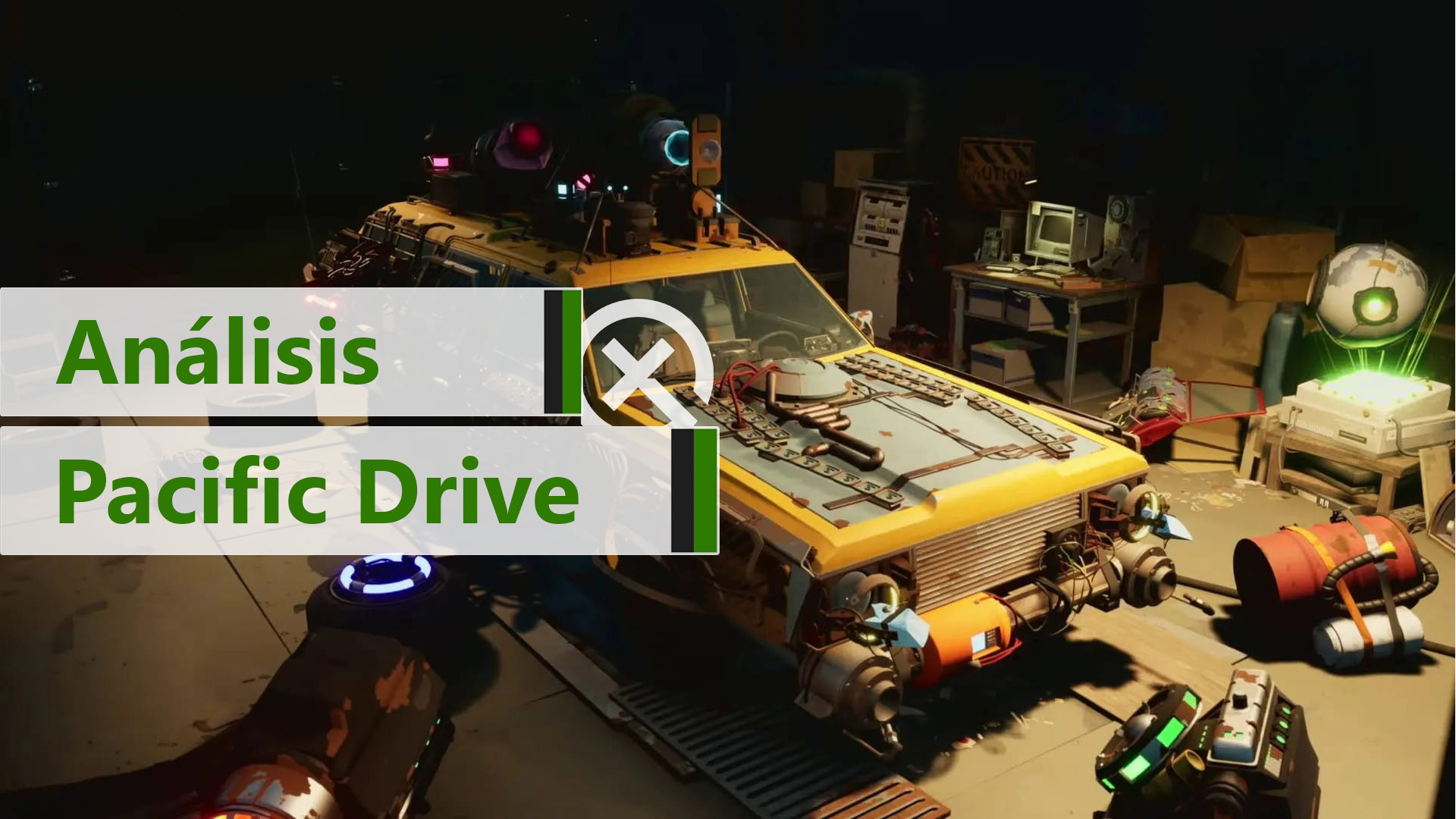Duper Games and Entalto Publishing combine two genres in a more than interesting indie adventure.
Take a look at these other reviews
- Review of Terrifier: The ARTcade game – The clown fights the neighborhood
- Review of Virtua Fighter R.E.V.O World Stage – The return of a pioneer
- Review of Pacific Drive for Xbox Game Pass – Accelerating in another dimension
| Don't miss anything and follow us on Google News! |
Day of the Shell is a living example that direct divine intervention in the humanities of the different worlds of video games always ends in the worst way. In this case, a divine crystal seemed like the perfect gift for humans, but the creations of mortals with such power generated the anger and envy of other gods who, as a form of revenge, created a red crystal known as Crisálida that has only devastated reality.
The last hope of humanity lies in The Hunter, a lone warrior whose difficult mission will be to restore cosmic balance in her reality. To do this, she will have some weapons and the support of the scenarios themselves, through which she will have to move in a strategically tactical way to eliminate all enemies and obtain improvements in each round.
From the narrative, a very good framework is established. But the story will be left in the background in each scenario; it will be the player who must calculate each movement and decision to advance, and although this normally takes a long time in this type of development, in the title of Duper Games the idea was to maintain tactical relevance, but in a faster and more dynamic way, perhaps with the idea of pleasing an audience that is not exclusively fans of XCOM.
Join me in this analysis and in this war against the gods to judge this work objectively, which seeks to make a place for itself in a special genre with its originality.
Technical Section
The title really shines in its graphic section with a very vivid color palette that moves away from other tactical productions where everything feels much darker and more oppressive. On the contrary, here the different maps have a lot of clarity at all times and allow camera rotation at different angles to decide which will be the next movements.
It is undeniable that graphically the game has a very own personality, with very varied enemy designs that, although they look caricatured, never lose the seriousness of the story in which they are immersed. The interface seemed particularly useful to me, as it masterfully manages to show a wide range of things without overloading the player. This is how, with different colors, you can observe the areas where the enemy attack will impact, the places where it is possible to cover yourself totally or partially, and even know which of all the enemies will be the one to attack first.
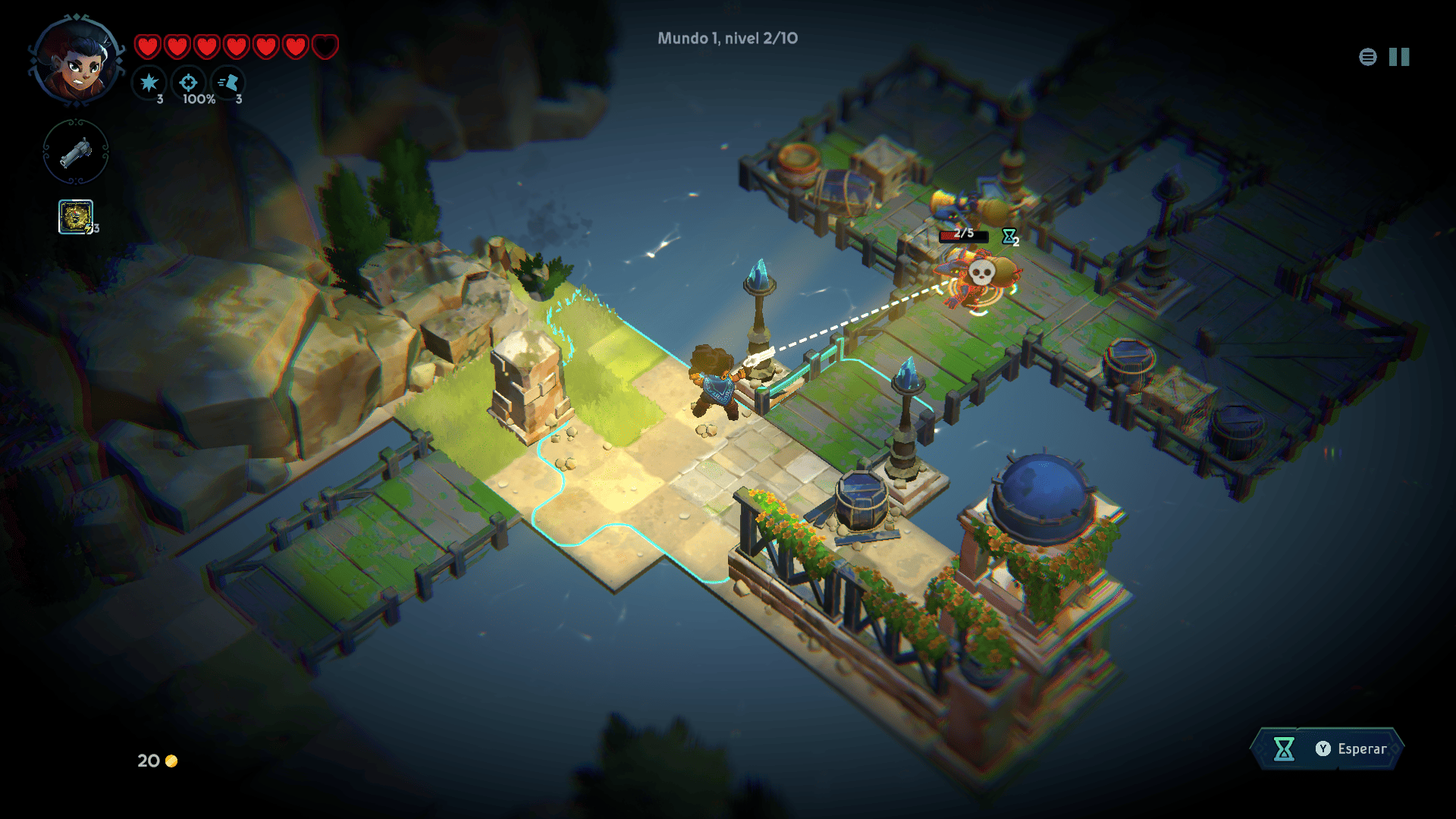
The soundtrack complements the game development correctly, changing the rhythm of the melodies between the calmest moments of the games and those sections where action is the center of everything. The sound effects, although they do not stand out, do not feel forced or rough and fulfill the minimalist role given to them by the production itself.
The controls seemed quite precise to me during the analysis, but I must also say that many times a slight movement made me select the wrong box, leading me to lose the game or receive damage in an unforeseen way.
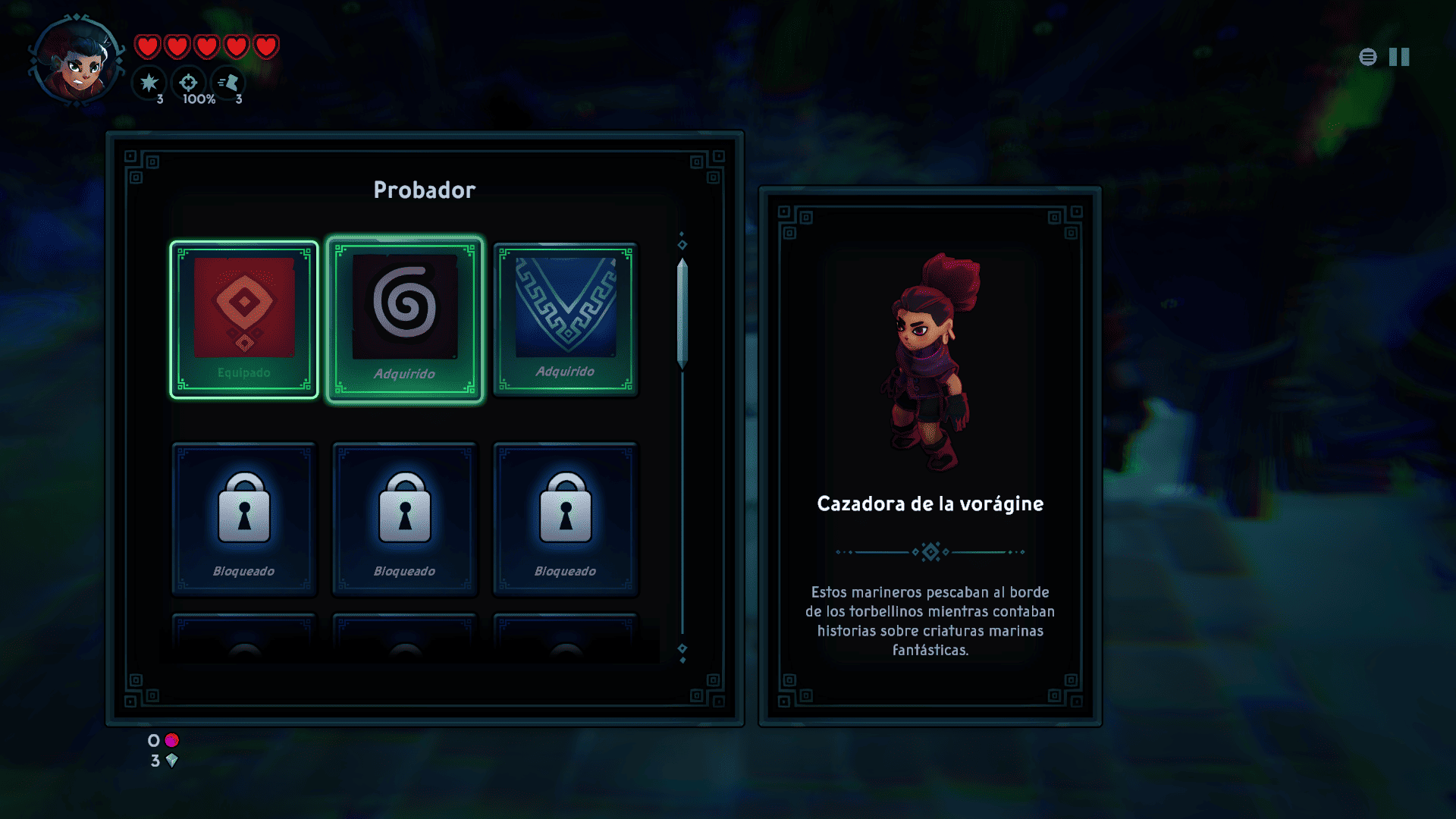
The title has all on-screen text localized in Spanish in its variant from Spain, so following the instructions, story, and other aspects will not be an inconvenience for our Spanish-speaking readers.
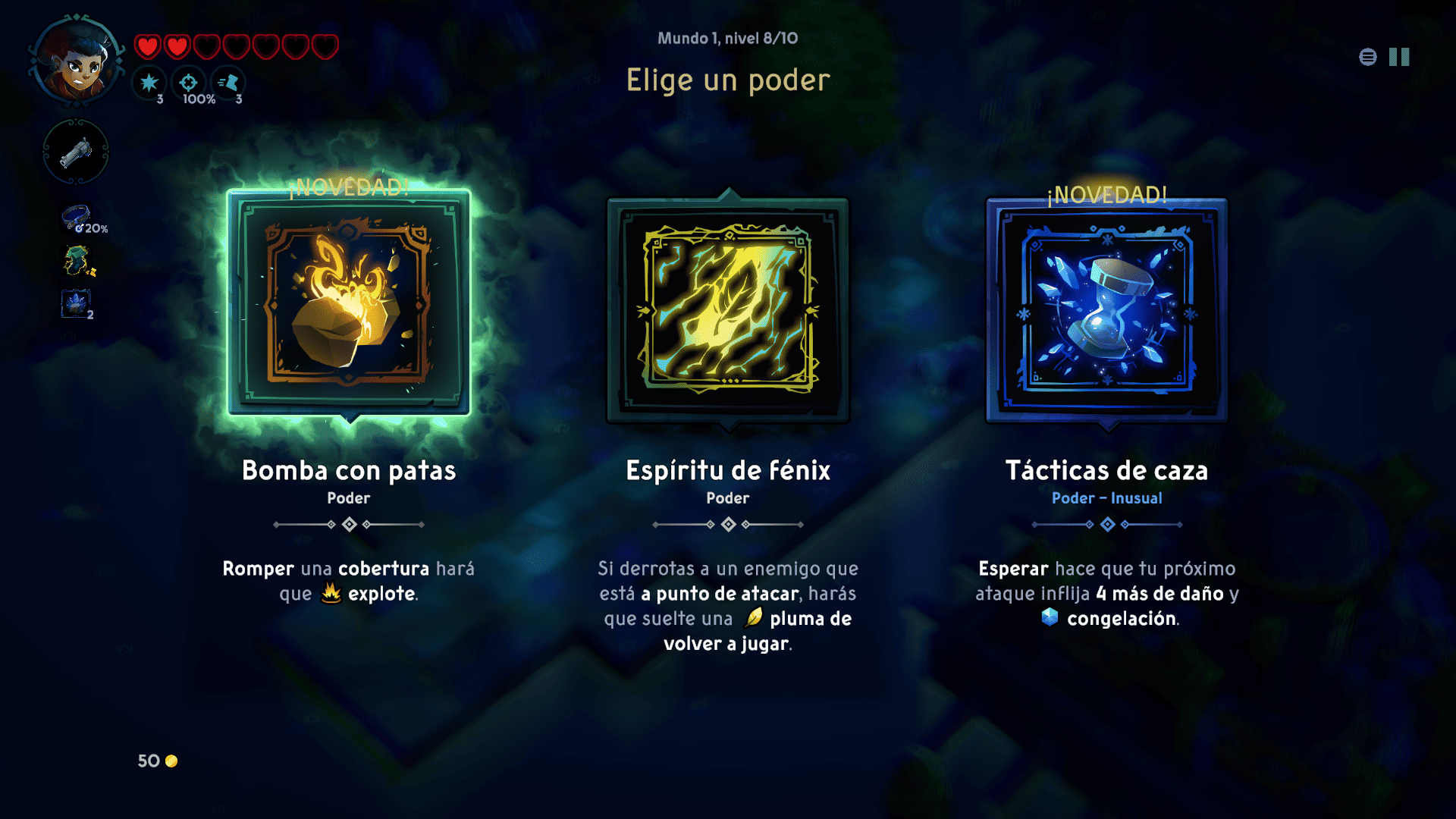
Gameplay
The game’s strong bet is, without a doubt, the movement mechanics, a structure that allows for fast and precise actions without leaving strategy behind. In each movement, each of the squares to which it is possible to move (always within a limited area) makes a big difference, either to attack different types of enemies or to cover oneself from attacks from all directions.
In this aspect, a key addition is the constant destruction of the scenarios that makes changing position to cover oneself totally or partially not always a voluntary decision of the player, but a survival necessity. In fact, some abilities will cause the destruction of parts of the scenario to damage enemies, so destruction itself becomes a strategic factor and an attack technique.
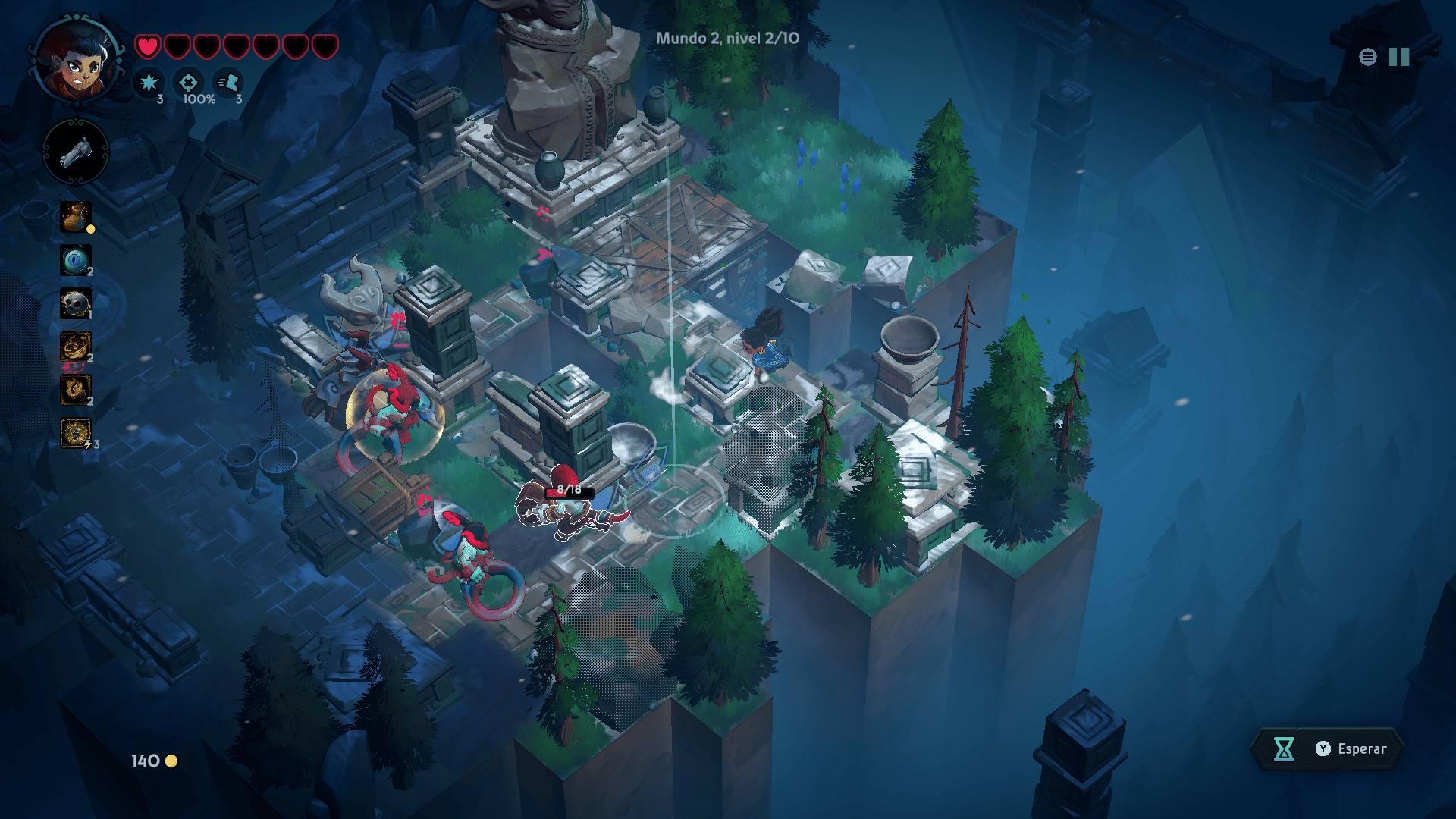
The protagonist will initially have three weapons with which she can face her enemies, the arsenal can be modified as you advance in the game and even expanded; although initially I must say that the differences between the crossbow, the double-barreled shotgun, and the pistol did not really feel palpable to me, although technically each one generates different pros and cons such as more power in long or short attacks, or even having some extra vitality and some additional movements depending on the choice.
Day of the Shell also seeks to combine different ingredients typical of roguelites within the framework of turn-based strategy, but this point, although very original, I think should have been polished a bit more. I highlight this, basically, because the improvements that can be acquired take a long time to achieve and feel too scarce when they are finally obtained, mainly because in all cases you have to defeat the bosses of each level to obtain specific purchase elements and not just the standard coins.
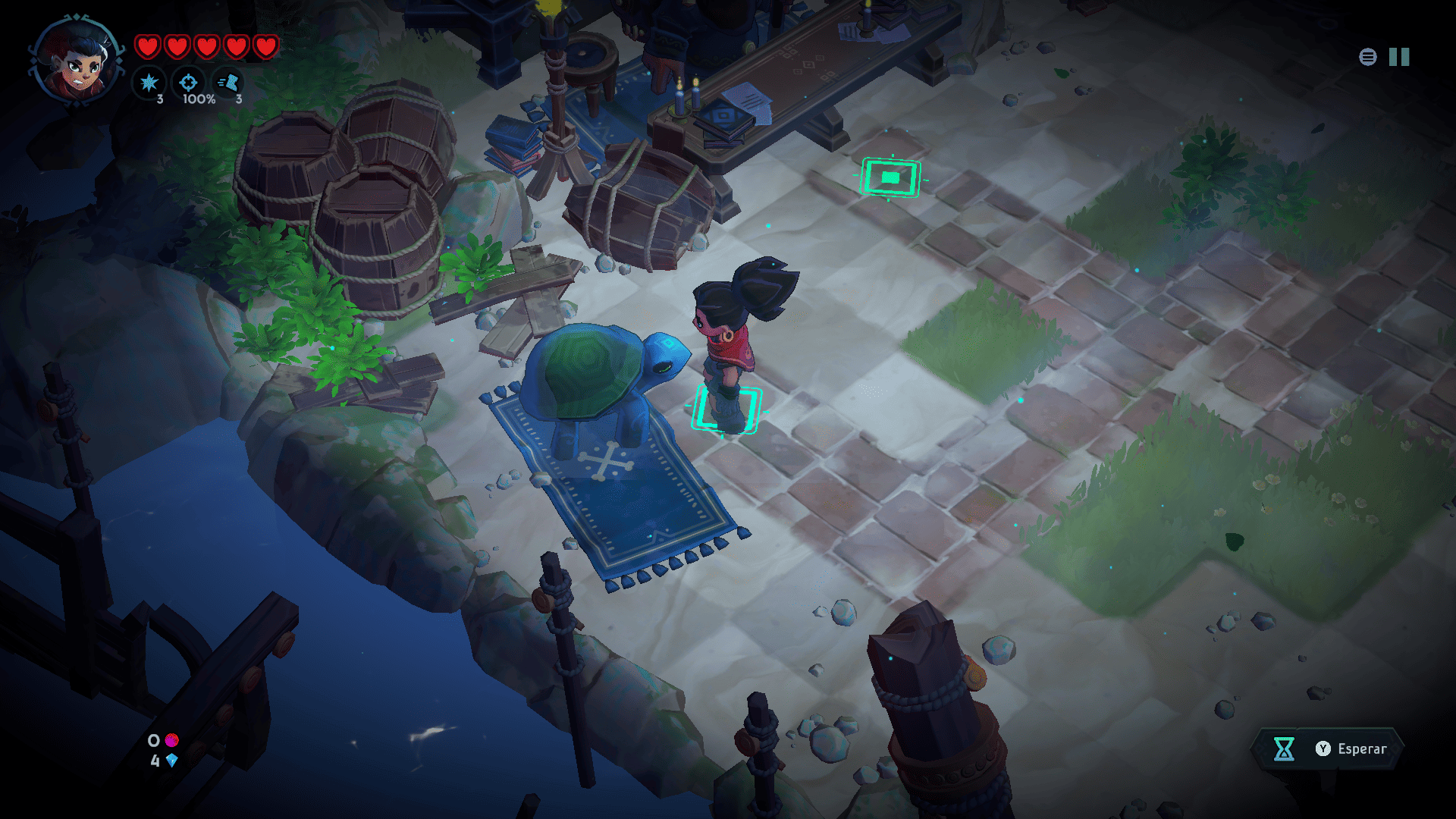
Death becomes very common in the game and this is a key part of its design. When dying, the protagonist will return to the main island where there are two shops, one grants permanent effects that can be acquired and in the other, improvements for the weapons can be bought. It is also possible to pet a turtle and even change outfits, something that has no practical effect but is cosmetic. The outfits can be found in the different scenarios, usually behind breakable objects.
During different moments of the levels, all except the boss levels, generated procedurally, the player will have to choose between three relics and powers that appear randomly and grant passive abilities that can be combined with each other. This particularity may seem interesting, but many times, a bad distribution of powers and the randomness of a few enemies scattered unfavorably can make the game really very short, which leaves a certain feeling of injustice, since not everything depends on the player’s skill or mistakes.
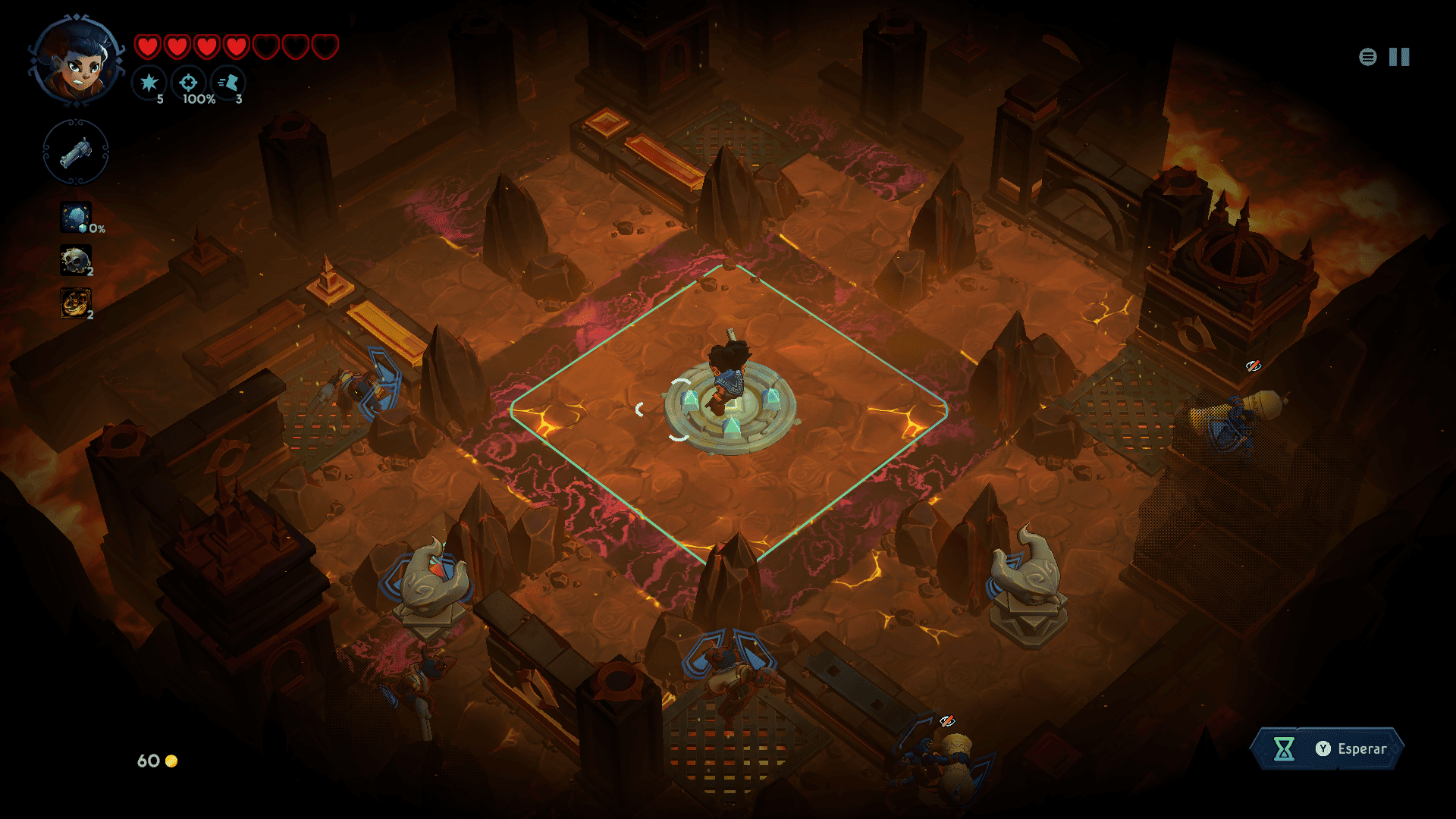
Duration
With everything, the main story can take around 7 hours, but take this as an average since it really depends on the luck the player has during the games and how much they adapt to the maps at each moment, so the real number can vary greatly.
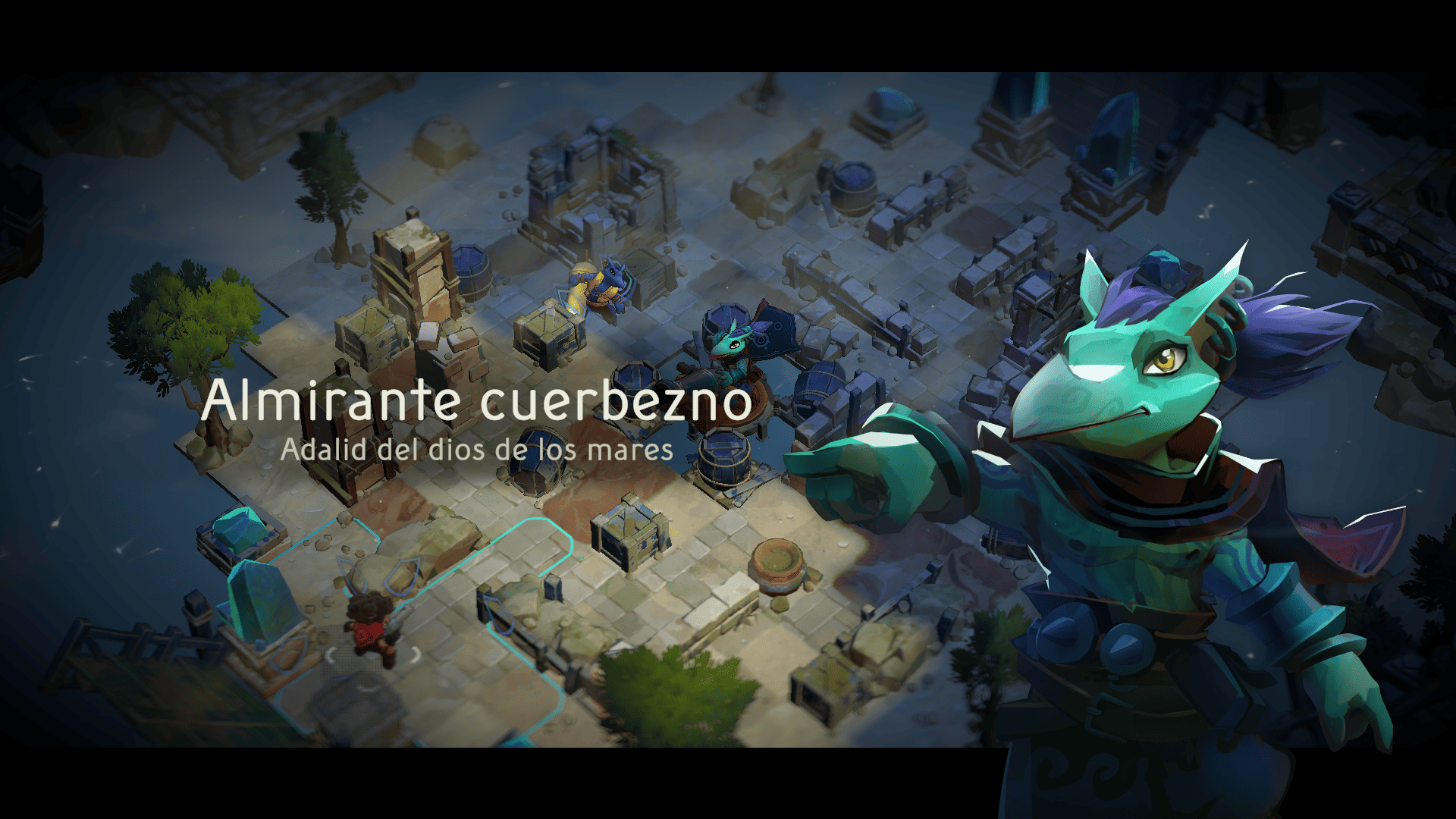
Conclusion
The idea of Day of the Shell really seemed fascinating to me, mixing two genres with an original proposal, I think it speaks very well of all those who have worked on the development. I think the game, despite being able to become a bit repetitive as you spend many hours in it, is an ideal option for those looking for a dynamic strategy game that can be enjoyed in very short games, without having to dedicate marathon sessions.
The game can be improved with some adjustments to the roguelite mechanics, through the addition of content and perhaps making some adjustments to the randomness of the difficulty, it is true, but as it stands now, it is a more than interesting option to enjoy to the fullest a genre that is far from being common. Let many more proposals like this come.
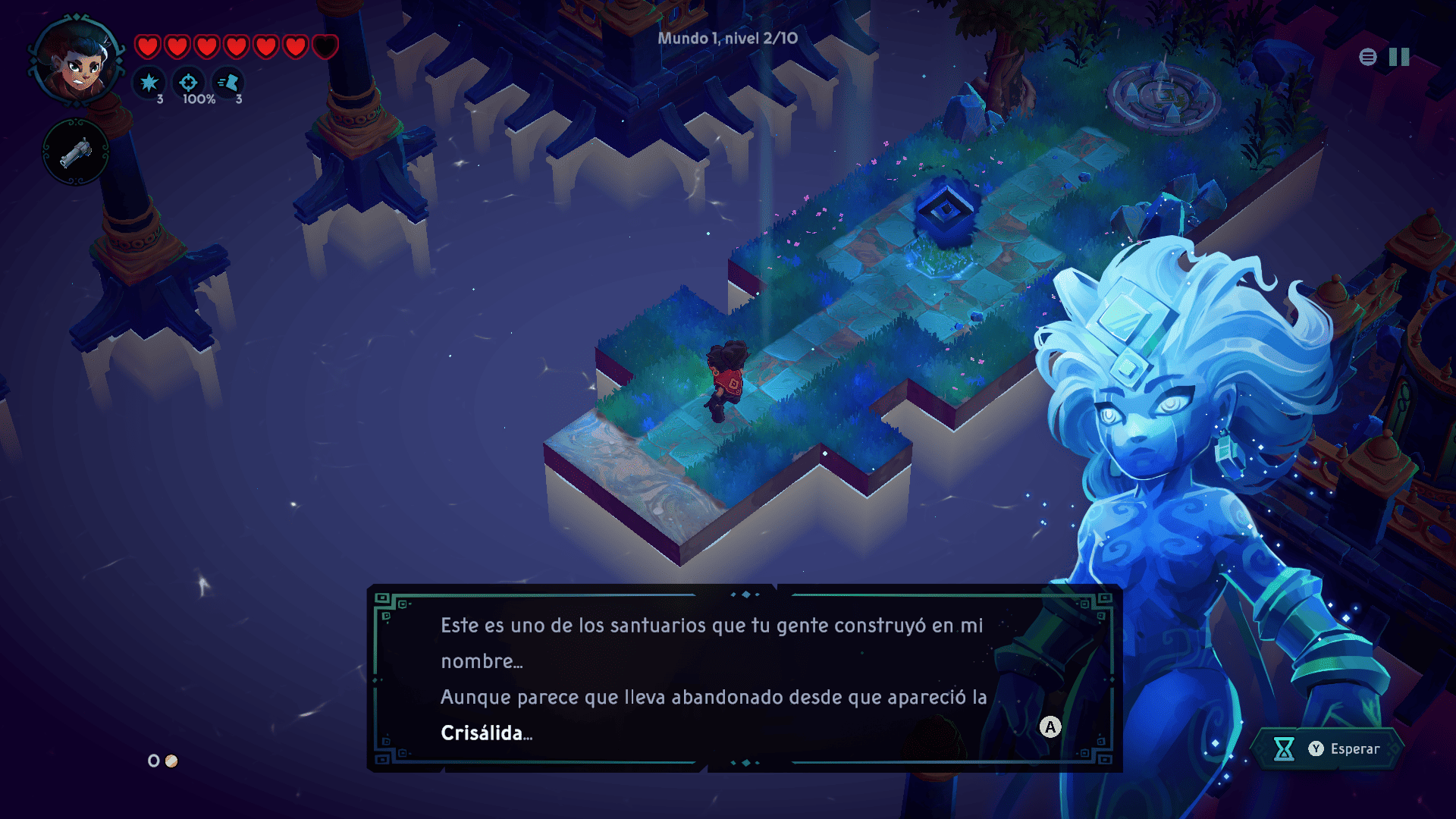
*We thank Entalto Publishing for the material to carry out the analysis



